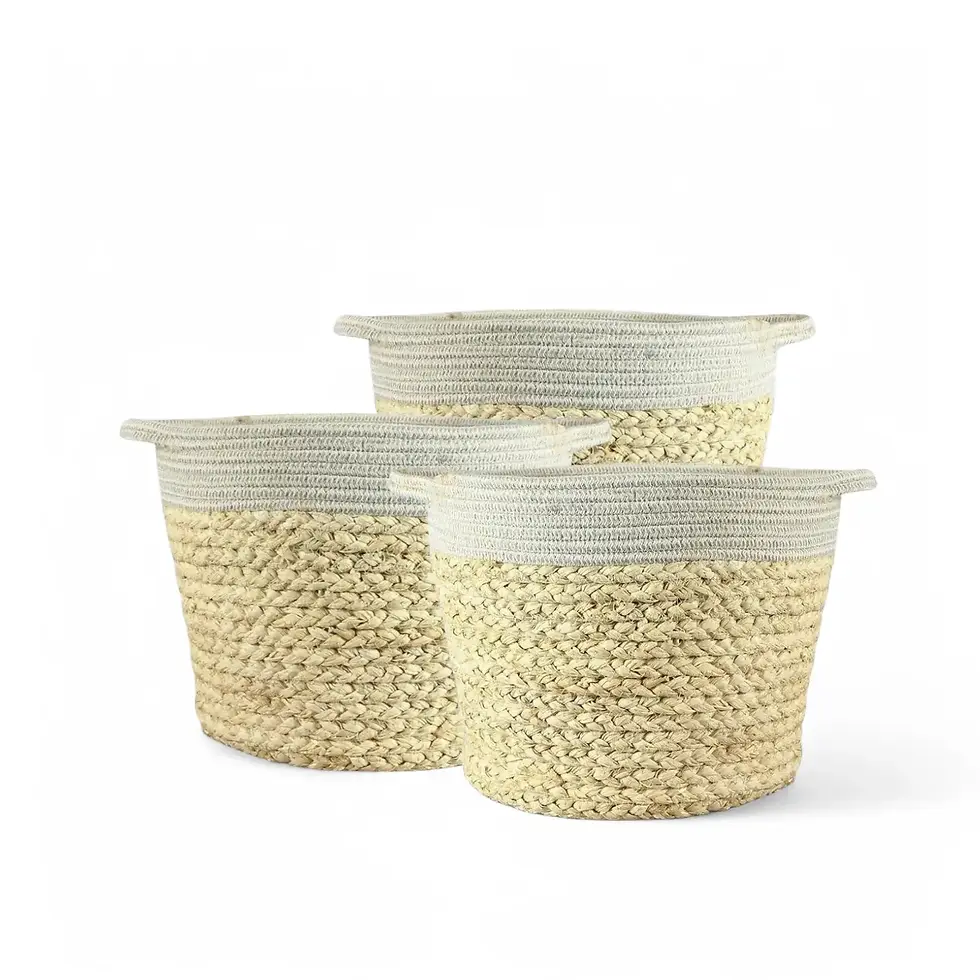Monstera obliqua Peru - The Crown Jewel of Rare Houseplants
Monstera obliqua Peru is an extraordinary rarity, highly prized by collectors for its delicate, lace-like leaves with intricate fenestrations. This tropical treasure adds exotic rainforest charm to any space. Its paper-thin leaves and slow growth make every new leaf an exciting milestone for plant enthusiasts.
Unique Features of Monstera obliqua Peru
- Lace-Like Leaves: Nearly transparent and intricately fenestrated, making it a must-have for collectors.
- Distinctive Leaf Shapes: Ranges from elongated and slender to rounded forms, ensuring each plant is a one-of-a-kind masterpiece.
- Rare Collector’s Plant: Available in various forms, including non-fenestrated types, adding to its allure.
Care Guide for Monstera obliqua Peru
→ Light Requirements
- Thrives in bright, indirect light. Avoid direct sunlight, which can scorch its delicate leaves.
- Low light slows growth and reduces fenestration development. If needed, supplement with grow lights.
→ Temperature and Humidity
- Ideal temperatures range between 20-26°C.
- Requires high humidity levels (80%+). Use a humidifier or plant cabinet to maintain these conditions.
- Keep away from cold drafts to prevent stress and leaf damage.
→ Watering
- Water every 7-10 days or when the top layer of soil feels dry.
- Use rainwater or filtered water to avoid mineral buildup.
- Avoid overwatering—use a moisture meter to prevent root rot.
→ Soil
- Thrives in a loose, well-draining, slightly acidic mix.
- Combine orchid bark, sphagnum moss, perlite, coconut coir, and wood fiber for ideal aeration.
- Ensure pots have drainage holes to prevent waterlogging.
→ Repotting and Pot Choice
- Repot every 1-2 years or when the plant outgrows its pot.
- Plastic pots retain moisture better, while terracotta pots improve drainage—choose based on your humidity and watering habits.
- Repot during the growing season to minimize stress.
→ Fertilizing
- Feed every 2-4 weeks during the growing season with a balanced liquid or slow-release fertilizer.
- If grown in semi-hydroponic setups, adjust nutrient strength accordingly.
- Avoid over-fertilization, which can damage sensitive roots.
→ Support Structures
- As a natural climber, Monstera obliqua benefits from a moss pole or bark slab to support upright growth.
→ Pruning
- Regularly remove yellowing or damaged leaves to encourage healthy growth.
- Use sanitized tools to prevent disease spread.
- Pruning can also help shape the plant and prepare cuttings for propagation.
→ Propagation
- Take cuttings with at least one node.
- Place cuttings in high humidity conditions for successful rooting.
- Stolons (runners) can be rooted while still attached to the mother plant for better success.
→ Semi-Hydroponics and Hydroponics
- Adapts well to semi-hydroponic systems using LECA or similar substrates.
- Keep roots consistently moist and provide diluted hydroponic nutrients.
- Regularly monitor root health and maintain high humidity.
Monstera obliqua: Common Problems and Solutions
→ Overwatering and Root Rot
- Signs: Yellowing leaves, soggy soil.
- Solution: Use well-draining soil and allow the topsoil to dry before watering.
→ Pests
- Common Culprits: Spider mites, mealybugs.
- Solution: Treat early with neem oil or insecticidal soap.
→ Leaf Issues
- Signs: Tearing, browning, or discoloration.
- Solution: Ensure proper humidity and airflow.
→ Lighting Issues
- Signs: Smaller leaves, reduced fenestrations.
- Solution: Move to a brighter location or supplement with a grow light.
Interesting Facts About Monstera obliqua
- Native Habitat: Found in the rainforests of Peru and Colombia.
- Terrarium-Friendly: Ideal for terrariums or plant display cabinets.
- Toxicity: Contains calcium oxalate crystals—keep away from pets.
- Botanical Diversity: Includes several forms documented by botanists like Thomas B. Croat.
- Etymology: The name "Monstera" comes from the Latin word "monstrum," referencing the plant’s dramatic leaf structure.
Frequently Asked Questions about Monstera obliqua
- Can Monstera obliqua survive in low light? It can tolerate low light, but prolonged exposure will stunt growth and reduce fenestrations.
- How often should I water my Monstera obliqua? Water when the topsoil feels dry. Overwatering can cause root rot.
- How do I maintain high humidity for Monstera obliqua? Use a humidifier to maintain humidity levels above 80%.
Bring Monstera obliqua Peru into Your Collection Today!
This rare and extraordinary plant is the perfect centerpiece for any indoor garden. Don’t miss your chance to own a true collector’s gem. Order your Monstera obliqua Peru now and enjoy the beauty and wonder of this tropical masterpiece!
Monstera obliqua (Peru)
Monstera obliqua Peru comes in following sizes:
Baby Plant – is approximately 12 cm tall and comes in a ⌀ 6 cm pot.
M – is approximately 20 cm tall and comes in a ⌀ 12 cm pot.

























































